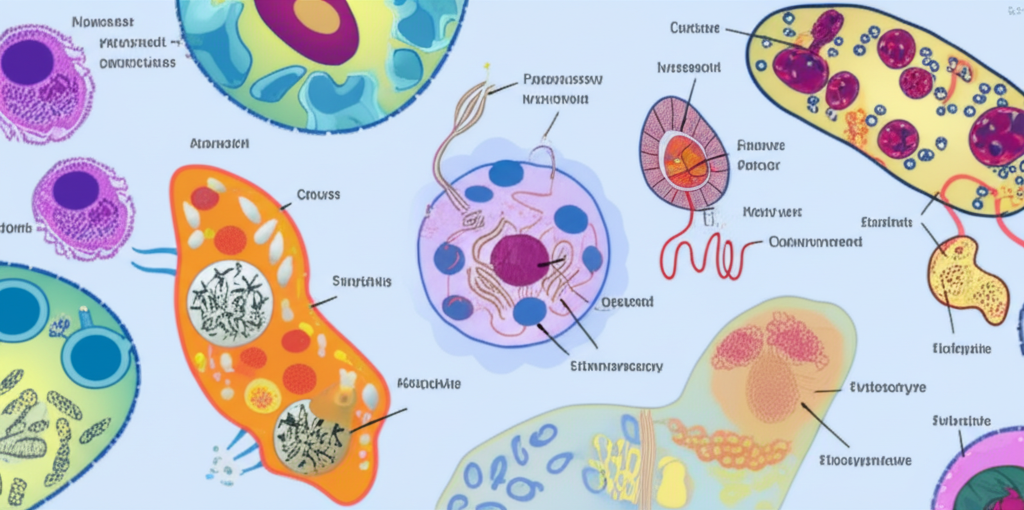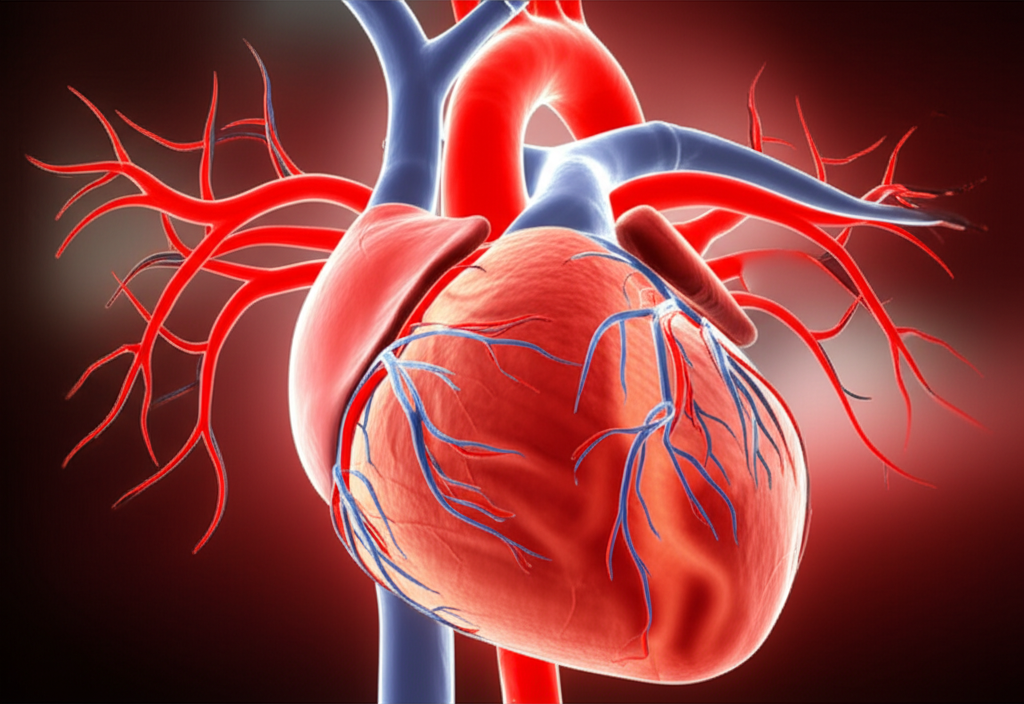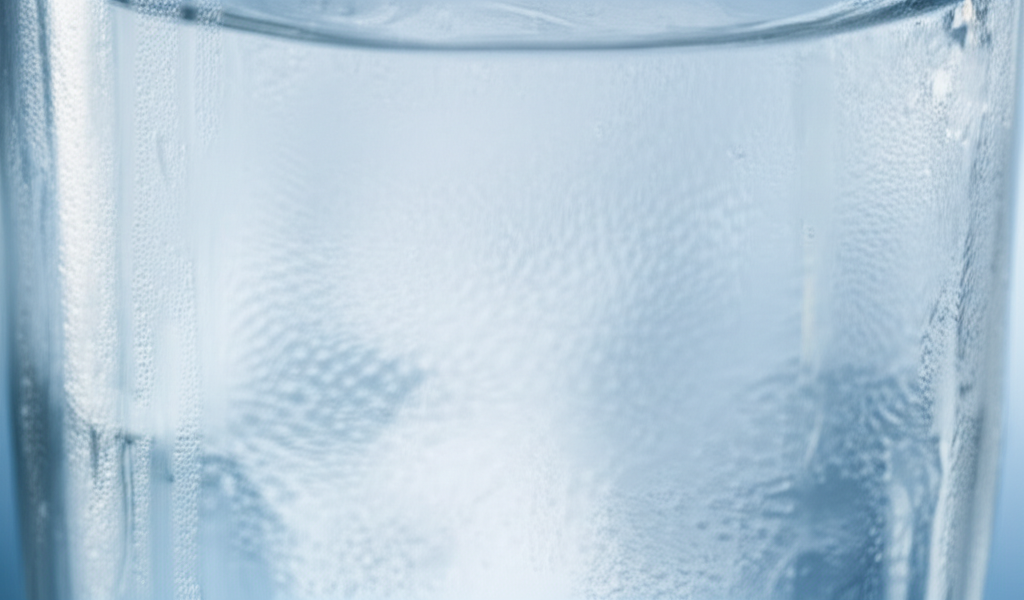Cultivate a Vibrant Microbiome: Fueling Longevity from the Gut
Your gut microbiome, a complex ecosystem of trillions of bacteria, fungi, and viruses, plays a pivotal role in overall health and longevity. A thriving microbiome isn't just about digestion; it significantly impacts immunity, inflammation, and even brain function. Nurturing this crucial internal landscape is paramount for extending your healthspan.
Diet is the cornerstone of microbiome cultivation. Avoid heavily processed foods, excessive sugar, and artificial sweeteners, all of which disrupt the delicate balance of gut bacteria. Instead, focus on a diet rich in diverse plant-based foods—fruits, vegetables, legumes, and whole grains—to provide the fuel your beneficial microbes need to flourish.
Fiber is your microbiome's best friend. Different types of fiber feed different types of bacteria, promoting a diverse and robust community. Aim for a variety of high-fiber foods, including oats, berries, apples, and lentils, to maximize this effect. Prebiotics, non-digestible food components that nourish beneficial bacteria, are naturally abundant in these foods.
Probiotics, live microorganisms with health benefits, are another crucial element. Found in fermented foods like yogurt, kefir, sauerkraut, and kimchi, probiotics directly introduce beneficial bacteria to your gut. Supplementing with probiotic strains tailored to your specific needs, after consultation with a healthcare professional, can also enhance your microbiome. However, remember that individual responses to probiotics vary.
Beyond diet and probiotics, consider other lifestyle factors impacting your gut health. Chronic stress significantly impacts the microbiome, so incorporating stress-reduction techniques like meditation or yoga is beneficial. Adequate sleep is also essential; sleep deprivation negatively affects gut microbial diversity.
By focusing on a diverse, fiber-rich diet, incorporating probiotic-rich foods or supplements, and prioritizing stress management and sleep, you can cultivate a vibrant and healthy gut microbiome. This foundational step will significantly contribute to your overall health and increase your chances of achieving a long and healthy life.











